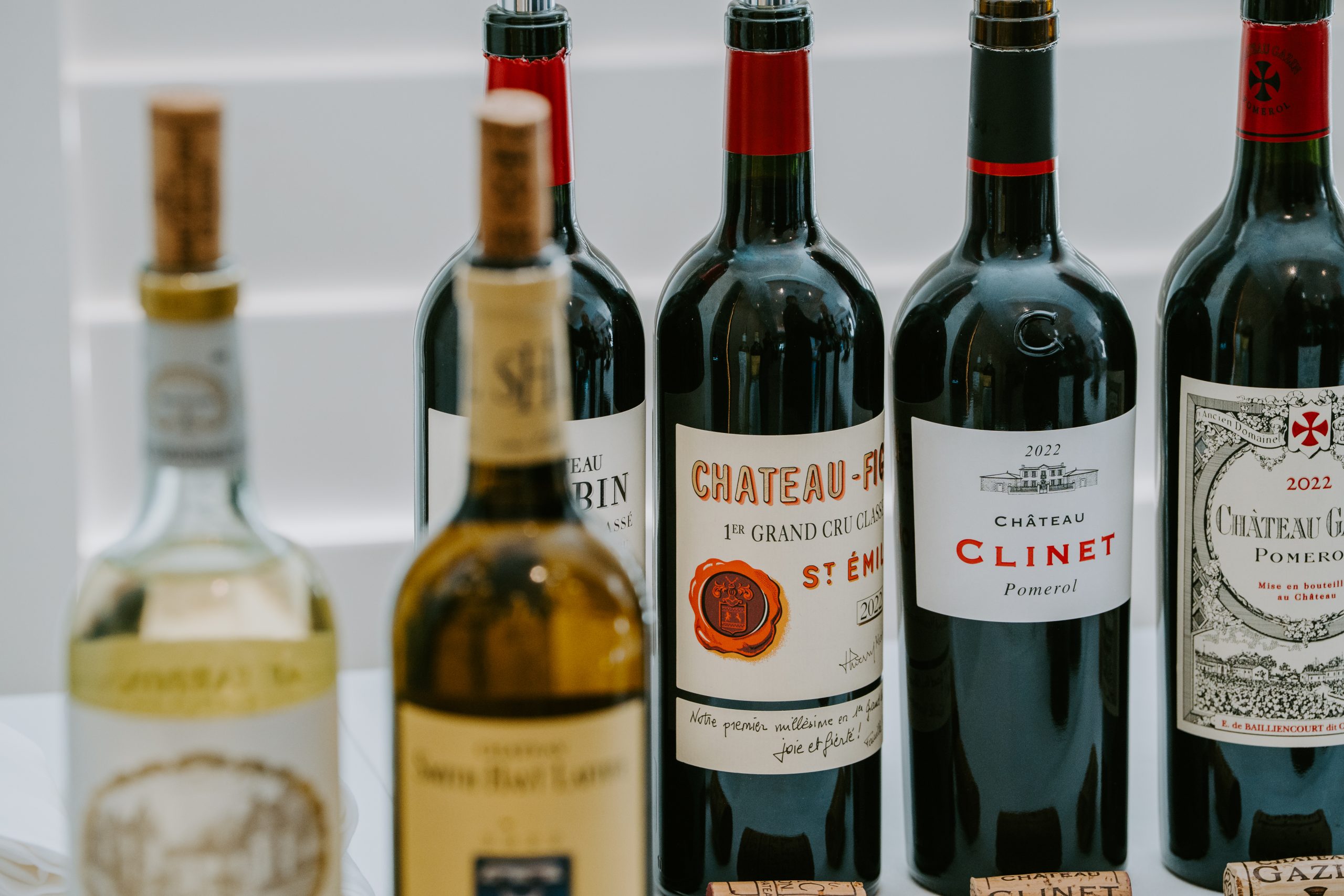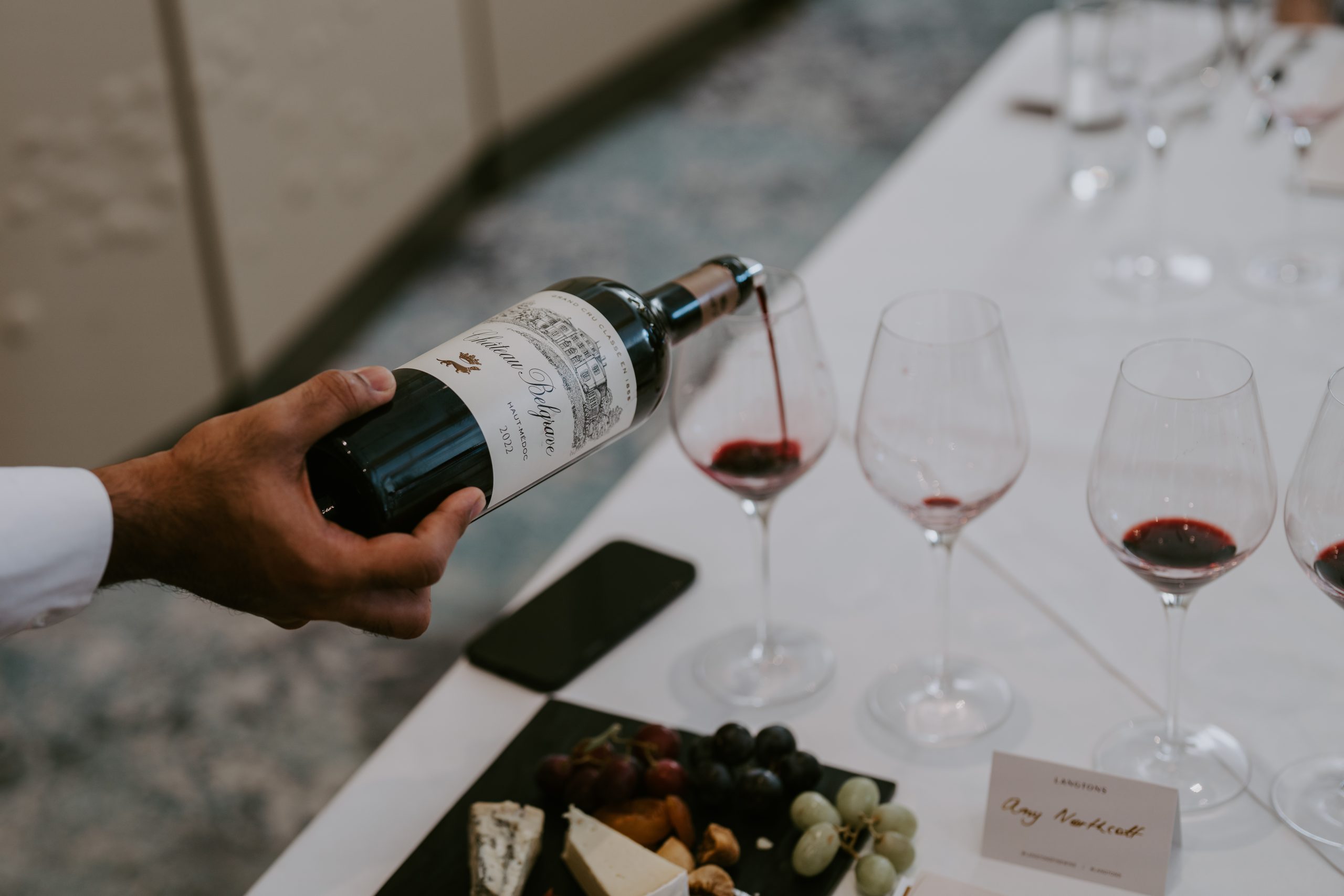Why People Are Buying $8,000 Lifelike Baby Dolls
Highly realistic baby dolls have become a global phenomenon, with collectors shelling out for luxury baby gear and doting on their ‘reborns’ as if they were human children.
Kelli Maple tenderly sets her bundle of joy, Naomi, into a Nuna car seat and drives her to the mall.
When they arrive, Maple, 23, places little Naomi, dressed in a onesie and hair bow, into a high-end stroller (complete with a portable sound machine, stuffed animal and a pacifier). Giggling, Maple and Naomi shop for tiny clothes.
Most passersby would mistake them for a typical mother and daughter.
But Naomi is not real.
She’s a lifelike “reborn doll.” These collectable baby dolls, which can run up to $10,000 apiece, have been around since the early 2000s, but in recent years they’ve exploded into a global phenomenon.
Collectors, who consider themselves parents, shell out for luxury baby gear and dote on their reborns as if they were human children.
In Brazil, they’ve become a lightning rod in recent months, with politicians introducing bills to try and ban the popular dolls from public places.
The reborn doll world is hidden in plain sight in the United States.
It’s a cottage industry, with amateur crafters hand-moulding and painting dolls in their basements. The process, especially for the more verisimilitudinous silicone dolls, is labour-intensive, including painting delicate pale-blue veins onto their soft peachy skin and hand-rooting individual goat or alpaca hairs into their scalps and eyebrows. The result is uncanny.
When I told a dollmaker that I’ve never seen someone carrying a reborn in New York, she smiled knowingly and said, “You have.”
Detractors find the dolls creepy, and some owners say they are taunted by families and online bullies.
What these critics misunderstand, collectors say, is the therapeutic potential of the dolls.
Women who have lost babies or experienced miscarriages are comforted by reborns. The dolls can also soothe women with post-traumatic stress disorder, Alzheimer’s, dementia and autism.
Britney Spears, who said she had a miscarriage, has been seen carrying a doll. Some women are fanatic collectors, amassing dozens if not hundreds of dolls and posting online videos of diaper changes and trips to the park. Children and teens play with them. Hollywood snaps them up as stunt babies.
At the Dolls of the World fair this June, around 1,500 participants—and their dolls—came together in a convention centre in Greensboro, N.C., where vendors sold accessories such as perfumes meant to make the dolls smell like real babies.
“People think it’s insane because it’s a doll,” said Hannah Hammond, 21, a teacher in Hampton, Va., who collects reborns. “But it’s just like any other hobby.” When we met, she offered to let me hold her prized silicone doll, Evie, then winced at my technique: “You have to support her head.”
Babies Who Never Cry
Maple is one of the stars of the reborn doll world, with over 2 million subscribers to her YouTube channel and selling her dolls for thousands of dollars.
At the Dolls of the World expo, she was mobbed by fans for selfies and autographs.
She had spent months in the room she calls her “nursery,” putting the finishing touches on babies to sell at her booth at the fair. “There are heads and limbs everywhere—it can be a little scary,” she said.
Awareness of the dolls is at an all-time high. “It’s just getting bigger and stronger,” said Dave Stack, the founder of Reborns.com, one of the largest marketplaces for handmade dolls. He charges $30 a month for makers to sell their dolls on the site, and has around 600 paying members.
Many of those makers were at the fair in North Carolina, one of a handful of American events where enthusiasts and dealers can buy and sell dolls, and take classes in the art of dollmaking. At evening events, women trade gifts like pacifiers and doll outfits, and awards are bestowed to the top artisans.
The doll fair was one of three conferences taking place at the same sprawling Sheraton complex. Over the course of one sweltering summer weekend, the doll people rubbed elbows with the brawny participants in the World Ninja League championships and the conspiracy theorists of the Cosmic Summit.
“We all thought they were real babies until we did not hear any crying,” marvelled Cosmic Summit attendee Ocean Norris while taking a smoke break. Her friend Angela Simmons of Pinehurst, N.C., said she was “shocked” to see the babies being handled like real babies.
“Unfortunately, we get a lot of hate in the doll community,” said Sally McMahon of Massapequa Park, N.Y., who dressed in a fairy outfit and showed off her rabbit-human hybrid doll.
This is part of a subset known as “fantasy dolls”—creatures such as chimp-human hybrids, blue-skinned lizard elves, and tiny-horned satyrs. “They say, ‘Oh my God, these crazy doll people.”
For the doll lovers, from small children to senior citizens in wheelchairs, the fair is a rare safe space for them to revel in their hobby.
Many of them budget the entire year to be able to pay cash for four-figure dolls and accessories (“I plan on spending a kidney, a lung and part of my liver,” joked attendee Mel Harrison on Facebook).
They clamoured around the reborn world’s niche celebrity doll artists, like Maple and the British duo Samantha Gregory and Nikki Johnston, asking for autographs and selfies. All around the hotel, groups clustered, with women and children passing babies around.
While reborn lovers find them comforting, the outside world often perceives them as terrifying. The Apple TV+ show “Servant,” which ran from 2019 to 2023, dramatised the spooky nature of reborn dolls.
Maggie Barnes, 12, from Clayton, N.C., showed me her new doll: Fang, a miniature werewolf. Barnes said she liked coming to the fair because “People are not judgmental at all.” Her mother, also a doll fan, purchased the $1,000 doll for her as a gift.
Although the best-known use for reborn dolls is as a comfort following infant loss and miscarriage, plenty of kids, as well as mothers and grandmothers of real children, collect the dolls. Keith and Dia Harris, 63 and 51 of Suwanee, Ga., have five children and seven grandchildren, and attended the fair with a baby reborn and a 6-year-old reborn.
Keith, hoisting the bigger doll around in a carrier, was one of the many supportive husbands at the fair. At their home, the Harrises have a nursery for their reborns with bunkbeds, which their grandkids share with the dolls when they visit.
Another grandmother, Holly Church, came to the fair to purchase a $3,200 green-skinned fantasy doll to add to her collection. Her husband was building a “she shed” in their backyard in Texas to house the dolls. She said that her eldest son didn’t understand her passion. “I say, ‘You don’t have to get it. You just have to respect it.’”
Church’s friend Mia Martone, a spiritual advisor in East Meadow, N.Y., purchased a $6,000 silicone reborn named Lucy at the fair. While she has grandchildren who visit, she said, “Sometimes I just want one that doesn’t cry.”
Reborns can help people heal from trauma. Katherine Hansell of St. Charles, Mo., cares for Crystal, her adopted adult daughter who experienced horrific childhood abuse. They use a reborn baby named Crystal to model love and care. “We say that this Crystal was never hurt,” said Hansell.
A Labour of Love
Making dolls can be an emotional job.
Dorothy Blue, a reborn dollmaker who works out of a basement studio in Dardenne Prairie, Mo., said that working with women who’d gone through infant loss and wanted a replica could be fraught. Sometimes, their vision of what the doll should look like could be hard to capture. “To be blunt, a deceased baby looks like a deceased baby,” said Blue.
Well-made silicone dolls can easily sell for over $5,000, because the labour that goes into them is significant. Most dollmakers start with a basic kit from one of the online retailers such as Bountiful Baby.
Then they personalise it through a painstaking process of tweaking and painting, often in dialogue with the client, who may have photos of what they want the doll to look like. Vinyl kits usually start around $100 and silicone kits run about $200. With products including paint, finishing powder, glass eyes and hair, the supplies for one doll can easily run over $500.
America has a long tradition of resourceful women cobbling together careers from home. Like selling Mary Kay beauty products or Tupperware, dollmaking can be a way to make money without a fancy education, or even consistent childcare.
Few people have gotten rich from the doll world, because it’s such a splintered, handmade process. But Nevin and Denise Pratt of Bountiful Baby in Salt Lake City are titans in the reborn community.
In 2000, Denise’s doll making spurred the duo to begin making moulds, which grew into a significant doll supply company. At its height in 2019, the company says its revenue was over $5 million. It’s 40% less today, which they attribute to a volatile economy and Chinese-made knockoff dolls and parts sold on sites like Amazon and Alibaba.
This year, Maple only sold three of her handmade dolls, compared to five at the last fair. “Sales have been down all year because of the economy.”
But for Maple and others in the reborn doll industry, it’s much more than a business. “I’ve gone through lots of different emotional things throughout my life and the dolls have definitely helped with mental health a lot,” she said.
Johnston, the British dollmaker, compared reborn dolls to Marmite, the divisive yeasty spread: “You either love them or you hate them.”
 Copyright 2020, Dow Jones & Company, Inc. All Rights Reserved Worldwide. LEARN MORE
Copyright 2020, Dow Jones & Company, Inc. All Rights Reserved Worldwide. LEARN MORE
Records keep falling in 2025 as harbourfront, beachfront and blue-chip estates crowd the top of the market.
A divide has opened in the tech job market between those with artificial-intelligence skills and everyone else.
Ready to level up your cellar? Here, LANGTONS Head of Auctions, Michael Anderson, selects the bottles to chase from Bordeaux 2022.
There are Bordeaux drops and then there are Bordeaux moments. This is the latter. The 2022 vintage has arrived through LANGTONS with depth across communes and enough quality to satisfy both the curious and the die-hard.
Here is your guide to what deserves a place in the cellar, and in years to come, your dining table.
1. Château Carbonnieux Blanc 2022, Graves, $110
The story of the legendary white of Château Carbonnieux Blanc (Graves, $110) stretches back to the 18th century when, thanks to its crystal clarity, it was introduced to the Sultan of Constantinople’s palace disguised as ‘mineral water from Carbonnieux. Today, the wine retains that luminous freshness in youth but develops dried and candied fruit characters with maturity, making it one of the most versatile whites in the region. This is a wine that can be drunk now through to 2029, so not a long termer.
2. Château Figeac 2022, St-Émilion, $850
If Carbonnieux speaks of crystalline youth, Château Figeac (St-Émilion, $850) speaks of longevity. Few estates can match its claim to 2000 years of continuous occupation, and the 2022 vintage bears that gravitas. Deeply garnet in colour, Cabernet Sauvignon shines here with notes of blackcurrant, blueberry, lilac, tobacco and bay leaf. On the palate, the wine is elegant and mineral, yet vibrantly alive. It’s a stunning effort that will reward those with patience – I’d suggest drinking from 2034–2060. It’s a great investment wine given Figeac’s ascent, too.
3. Château Gazin 2022, Pomerol, $235
In Pomerol, the quiet achiever is Château Gazin ($235), whose neighbours happen to be Petrus and L’Evangile. The 2022 shows deep crimson colour, with aromas of violet, musky plum, roasted chestnut and mocha. Classically proportioned, it offers a palate of ripe black fruits, chalky tannins and mid-palate depth that places it among the appellation’s most compelling releases. This wine sees its best drinking between 2029 and 2040.
4. Château Palmer 2022, Margaux, $1,050
Further south in Margaux, Château Palmer ($1,050) continues its reputation as a ‘Super Second’, officially ranked a Third Growth but revered as the equal of the First Growths. The 2022 is abundant in blackberry jam, chocolate, lavender and smoke, a wine of sheer extract and richness with remarkable intensity. It is best from 2035 and should be showing nicely to 2065. It’s a wine nipping at the heels of the Firsts and a wonderful investment opportunity.”
5. Château Haut-Bailly 2022, Pessac-Léognan, $415
Another of Bordeaux’s historic properties, Château Haut-Bailly (Pessac-Léognan, $415), dates to the mid-15th century. Its 2022 vintage shows blackcurrant pastille, violet and graphite, with a refreshing yet dense palate that finishes chalky and minerally. It is incredibly elegant now, so try from 2030–2045 with ease. A wine worth buying 6–12 bottles of to watch this ‘value’ Bordeaux evolve in the cellar over time.
6. Château Pontet-Canet 2022, Pauillac, $330
The Pauillac commune offers two contrasting but equally celebrated estates. Château Pontet-Canet ($330), founded in 1725, is full-bodied and packed with ripe black fruits supported by finely integrated tannins. The wine is remarkably compelling now, but best after 2029 through to 2045. It’s also a hit in the secondary market amongst speculators.
7. Château Lafite-Rothschild 2022, Pauillac, $1,950
Then there is Château Lafite-Rothschild (Pauillac, $1,950), perhaps the most recognised name in the Médoc. The 2022 vintage has immense grip and presence, offering loganberry, blueberry, wet stones, and forest floor. For me, this is one of the definitive wines of the vintage. It’s one of the world’s most collected and cellared wines. Best from 2034–2070+ and is a triumph.
8. Château Montrose 2022, St-Estèphe, $595
North in St-Estèphe, Château Montrose ($595) demonstrates why this Second Growth is often regarded as a rival to the First Growths. Ample blackberry, cassis and briary fruits meet velvety tannins and cedar, creating a wine of both richness and precision. The wine is fine, aromatic and worth the investment. Most joy to be extracted from 2033 onwards with a 25-year satisfaction window.
9. Château Suduiraut 2022, Sauternes, $99
The sweet wines of Bordeaux complete the spectrum. Château Suduiraut (Sauternes, $99), a neighbour to d’Yquem, delivers a 2022 that is full of marmalade, saffron, lime and orange zest. Its sweetness is cut with a lifted bitterness that lends focus. This wine is showing beautifully now and best from 2028–2035+.
10. Château Cos d’Estournel 2022, St-Estèphe, $690
Finally, another St-Estèphe giant, Château Cos d’Estournel ($690), speaks with intensity and power. A blend dominated by Cabernet Sauvignon and Merlot, the 2022 is tannic, commanding and built for the long haul like every vintage of Cos.
Ophora Tallawong has launched its final release of quality apartments priced under $700,000.
By improving sluggish performance or replacing a broken screen, you can make your old iPhone feel new agai

























